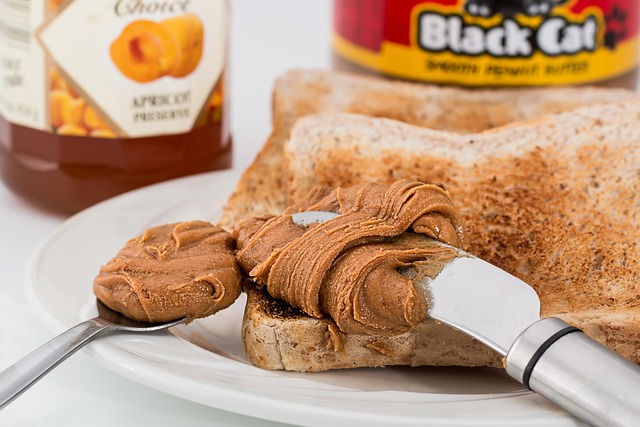When you sit down at a poker table, the thrill of the game is palpable. Each hand is a blend of strategy, psychology, and a little bit of luck. As the cards are dealt and the chips are stacked, every player has the same goal in mind: to become the chip leader. But how does one achieve this coveted status amidst a sea of competitors?
Becoming a chip leader is not merely about getting lucky with your hands; it’s a journey filled with acute awareness, strategic decision-making, and masterful execution. Here are some strategies that can help you take command of the table.
1. Master the Basics
The first step to dominating any poker table is understanding the fundamentals. Know the rankings of hands, the rules of the game, and basic strategies. This foundational knowledge is crucial and will bolster your confidence, allowing you to make informed decisions quickly.
2. Reading Your Opponents
The real game of poker lies beyond the cards. Each player at the table has a unique style, and part of your strategy should include reading these styles effectively. Watch for patterns in betting, body language, and reactions to various situations. By identifying whether a player is aggressive, passive, or tight, you can adjust your approach accordingly.
3. Manage Your Chips Wisely
Being a chip leader means also knowing when to risk your chips and when to conserve them. Effective bankroll management can be the difference between victory and defeat. Create a chip management strategy that involves understanding pot odds and evaluating risks versus rewards. Be prepared to fold if the odds are unfavorable, even when tempted to chase a potential win.
4. Be Unpredictable
To truly dominate the table, you must keep your opponents guessing. Vary your play style by mixing aggressive bets with passive ones. This unpredictability will make it harder for others to read your strategy, allowing you to seize opportunities as they arise. Balance is key; being too tight or too loose can quickly lead you to lose your standing as a chip leader.
5. Position, Position, Position
Your position at the table plays a significant role in how you play your hands. Acting later in the betting rounds provides you insight into other players’ behaviors, enabling you to make more informed decisions. When you’re in a favorable position, you can leverage it to build your chip stack more effectively.
6. Stay Emotionally Balanced
Maintaining your composure is vital. The psychological aspect of poker can often lead to emotions clouding judgment. Whether you’re on a winning streak or facing bad beats, it’s essential to stay level-headed. Emotional decisions often lead to mistakes, which can cost you your chip lead. Practice self-control and mindfulness to enhance your gameplay.
7. Know When to Go All-In
Deciding when to go all-in is a critical aspect of being a chip leader. Timing your all-ins can intimidate opponents and force them into difficult decisions. However, understand the circumstances and ensure that you have a strong hand or a read on your opponents before making this daring move.
Becoming a chip leader takes patience, skill, and a commitment to continuous learning. Each session at the poker table is an opportunity to refine your strategies and build toward your goal of domination. Armed with the right mindset and approaches, you’ll not only play the cards but also the players, positioning yourself as the undeniable leader of the chip stack.




